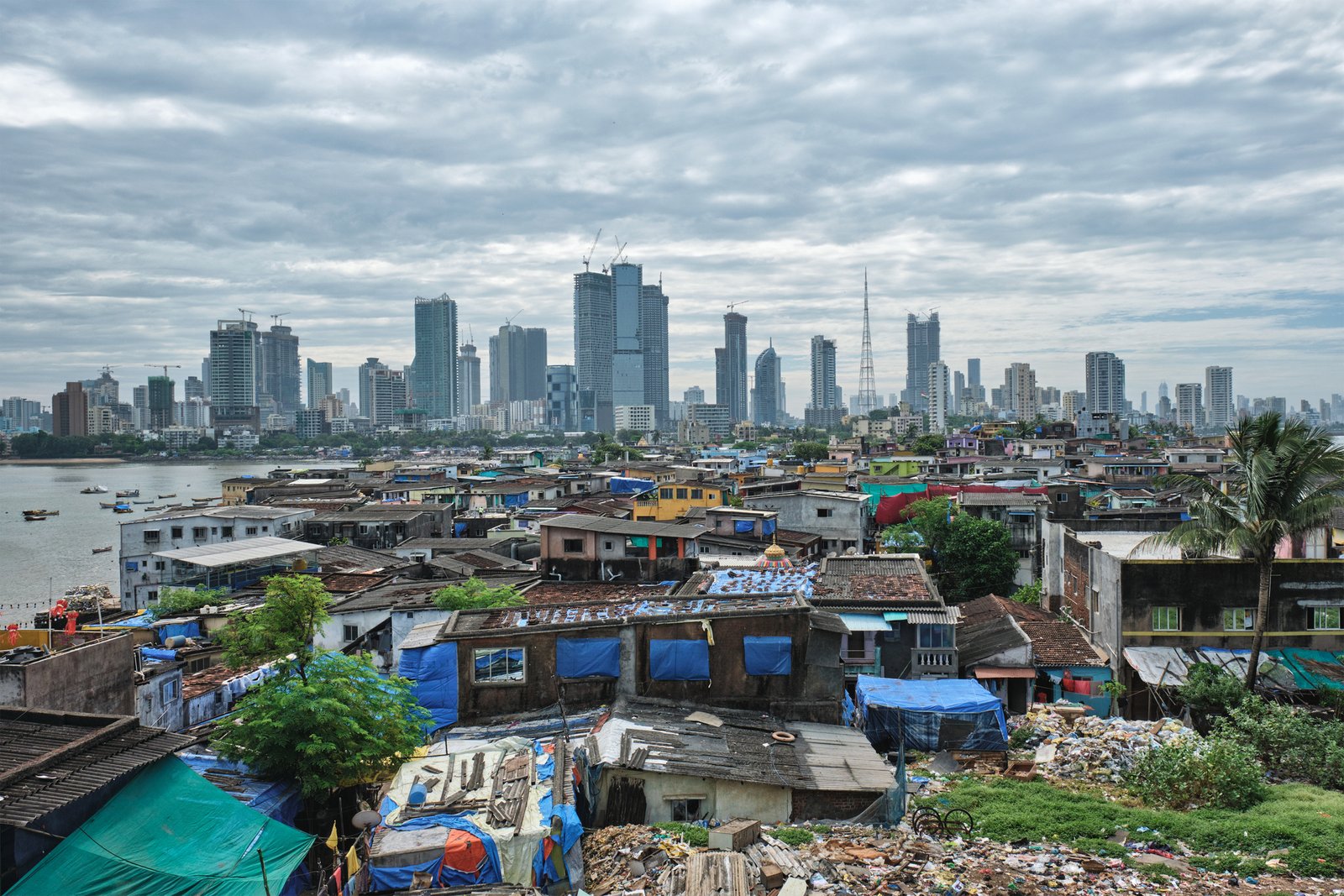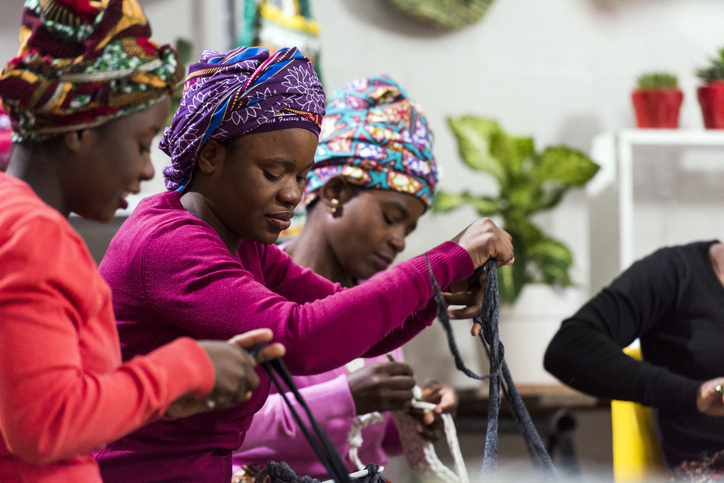Income changes can have important consequences for farming communities, including on the prevalence of child labor. What’s more, the link is complex: while drops in income are likely to increase child labor, rises in income will not necessarily cause it to fall. This column examines the role that policies and programs can play in reducing the negative effects on child labor.
Five years ago, world leaders signed up to an ambitious target: to ‘end child labor in all its forms’ by 2025. Will it be met? Unlikely. The International Labour Organization predicts that there will still be 121 million children in child labor by 2025 if progress continues at its current rate.
Those estimates were made before the global pandemic and the introduction of a range of measures to control its spread, including school closures and restrictions on movement. As we have seen from Ebola and other recent pandemics, child labor is likely to increase in these circumstances.
With the ambitious target looking increasingly unattainable, what strategies are there to reduce child labor and what is the evidence of their impact?
Could increasing incomes help to reduce child labor?
With poverty widely accepted as one of the root causes of child labor, measures to raise incomes could be an important part of the solution. But while many studies show that child labor and household incomes are related, we need causal evidence to answer the question.
The International Cocoa Initiative has reviewed the research evidence on what happens to child labor in agricultural households (where over 70% of child labor takes place) when household incomes change. We looked at the impact of three triggers:
-
External negative shocks, such as drought or farmer illness that decreased incomes.
-
External positive shocks, such as increased yields or price rises that increased incomes.
-
Social policies, such as cash transfers or school subsidies, which are designed to increase incomes or ease pressure on household budgets.
What can we learn from shocks that affect incomes?
The evidence review indicates that shocks that decrease household incomes generally increase child labor. Faced with crop loss or a drop in prices, child labor is used as a buffer to cope with the challenging circumstances—increasing children’s time on the farm, sometimes at the expense of schooling. Parents do not always perceive the costs of child labor or the returns to education. When they do, they often have few alternatives. In one example from Côte d’Ivoire, a 10% drop in cocoa prices led to an increase in child labor by 5 percentage points.
These findings are of particular concern in the current context, where the effects of the Covid-19 pandemic are likely to see household incomes fall. For example, the World Bank has forecast a recession in sub-Saharan Africa.
Studies of shocks that increased incomes, such as higher prices or yields, show a more mixed picture. Only four out of 11 find unambiguous reductions in child labor, and in five cases, child labor increased. Many households invested in farm productivity when they saw the potential for higher returns, increasing the demand for child work. This suggests that whenever the value of agricultural activities increases, there is a potential risk that child labor will also increase.
Can policies and programs to increase incomes make a difference?
There is also evidence on a range of social policies designed either to support incomes directly – such as cash transfers – or to reduce the burden on household budgets, for example, by subsidizing school costs.
Again, the results are mixed: just over half the policies or programs reviewed resulted in decreased child labor, while a minority caused child labor to increase.
Cash transfers emerge as one of the more promising interventions, generally leading to reductions in child labor, although the effects differ for girls and boys. With this in mind, moves by many countries to mitigate the social and economic impacts of the current pandemic by expanding social protection programs should be welcomed.
When policies to support incomes cause child labor to increase, it is down to two main reasons:
-
Households invested in farms or businesses (generating more work for children).
-
The increase in income was too small to make up for earnings lost when children stop work. In one example, a cash transfer conditional on school attendance did not fully cover the cost of schooling, causing an increase in children’s work to make up the shortfall.
A new perspective on the complexity of income change and child labor
The research evidence shows that the link between income change and child labor is complex. While drops in income are likely to increase child labor, rises in income will not necessarily cause child labor to fall. Equally, while policies to increase incomes can be effective in reducing child labor, they need to be designed carefully.
These findings underline the fact that children work for a variety of reasons, influenced by multiple factors, not just income. All of this must be taken into account when designing policies and interventions. While addressing poverty must be part of the solution, focusing on income alone will be insufficient to address the challenge of eliminating child labor by 2025.
Read the full study here: The effects of income changes on child labor: A review of evidence from smallholder agriculture






